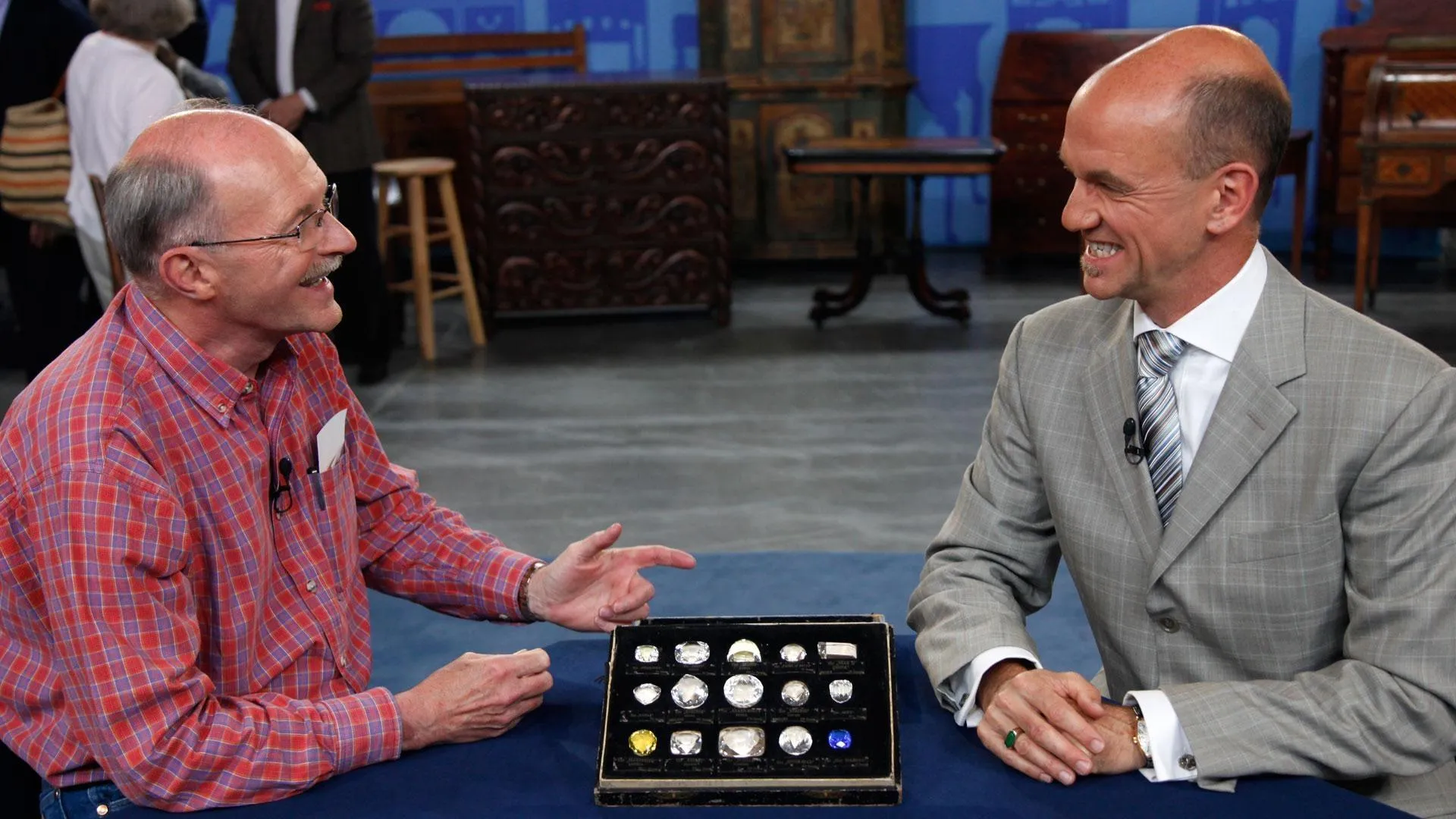GUEST: The artist's name is Ed Green. He was a man who lived in the hometown where I was raised. He gave the carving to my dad. He gave them to the people that he knew and liked.
APPRAISER: You mentioned to me that he was born in Germany. Is that correct?
GUEST: That's what the Powder River County history book says.
APPRAISER: Okay. It's a great piece of folk art. It struck me how ornate and well carved and how intricate this picture is. I immediately associated it with Black Forest carvings or that tradition that we have seen through so many immigrants...
GUEST: Right.
APPRAISER: ...who have come to the United States and brought their carving traditions. You also told me about some of his quirky qualities.
GUEST: Yeah, they said that he didn't like women and that a woman that I knew, who was a neighbor, would go to visit him, and when she left, she would see him sweeping her tracks away from the front door before she ever really got out of the yard almost.
APPRAISER: You sense there is sort of a slightly obsessive quality in the attention to detail. But one of the greatest things about this work is that what we have here are bison and mule deer that are indigenous to this area.
GUEST: Right, exactly.
APPRAISER: So he's carving what he's seeing.
GUEST: Something that I read last night in the history book that I have was that he had perhaps the first zoo in Powder River County, that he had built a high fence and he had deer and antelope and that sort of thing.
APPRAISER: Now, this work is not signed.
GUEST: It's not.
APPRAISER: I think it stands alone, knowing the artist or not knowing the artist, as a piece of folk sculpture. And I would estimate its value at auction to be $5,000 to $7,000.
GUEST: Really? Wow. People in Powder River County are rich and don't know it. (laughing)



